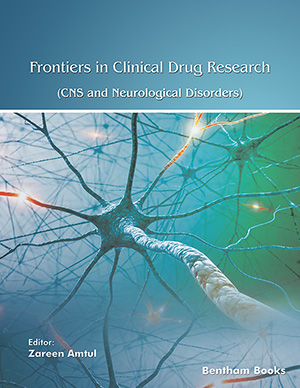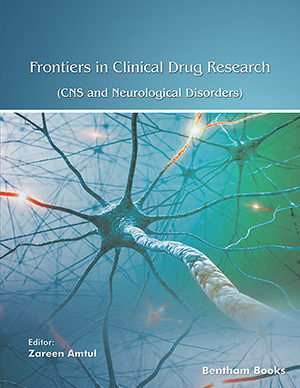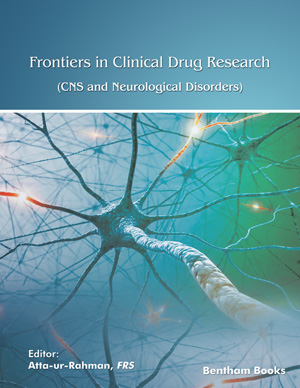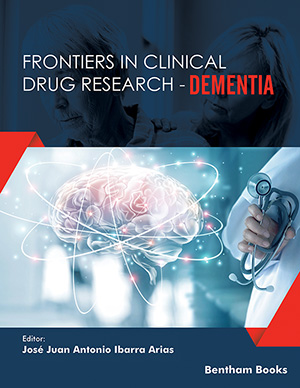
Abstract
Clustering of activated microglia in Aβ deposits is related to accumulation of amyloid associated factors and precedes the neurodegenerative changes in AD. Microglia-derived pro-inflammatory cytokines are suggested to be the driving force in AD pathology. Inflammation-related proteins, including complement factors, acute-phase proteins, pro-inflammatory cytokines, that normally are locally produced at low levels, are increasingly synthesized in Alzheimers disease (AD) brain. Similar to AD, in prion diseases (Creutzfeldt-Jakob disease, Gerstmann-Sträussler- Scheinker disease and experimentally scrapie infected mouse brain) amyloid associated factors and activated glial cells accumulate in amyloid deposits of conformational changed prion protein (PrPres). Biological properties of Aβ and prion (PrP) peptides, including their potential to activate microglia, relate to Aβ and PrP peptide fibrillogenic abilities that are influenced by certain amyloid associated factors. However, since small oligomers of amyloid forming peptides are more toxic to neurons than large fibrils, certain amyloid associated factors that enhance fibril formation, may sequester the potentially harmful Aβ and PrP peptides from the neuronal microenvironment. In this review the positive and negative actions of amyloid associated factors on amyloid peptide fibril formation and on the fibrillation state related activation of microglia will be discussed. Insight in these mechanisms will enable the design of specific therapies to prevent neurodegenerative diseases in which amyloid accumulation and glial activation are prominent early features.
Keywords: microglia, amyloid, prion peptide, fibril formation, acute phase proteins, complement, alzheimers disease, prion disease
 3
3


















